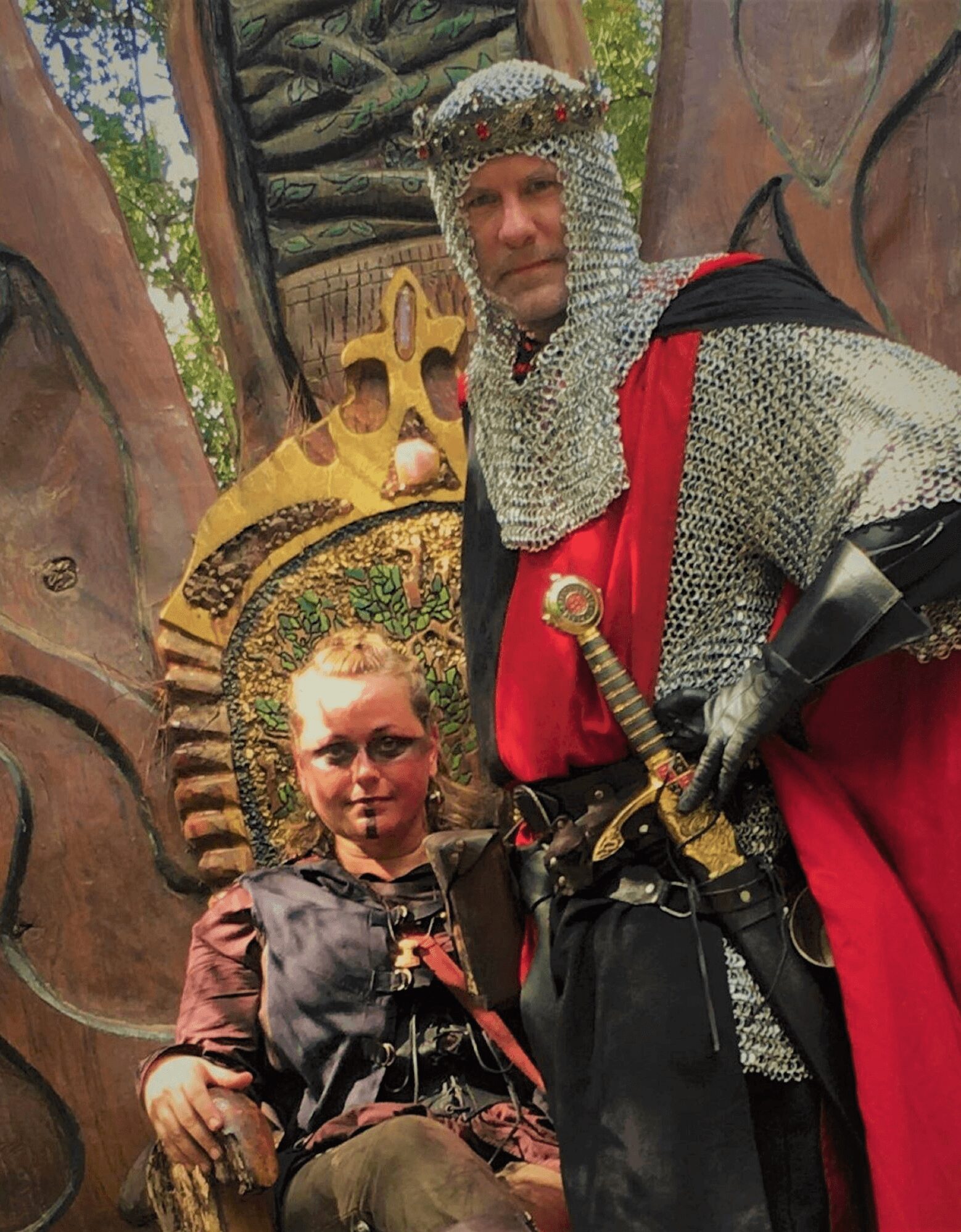

Today we’d like to introduce you to Paraic Mulgrew
Hi Paraic, so excited to have you on the platform. So before we get into questions about your work-life, maybe you can bring our readers up to speed on your story and how you got to where you are today?
Paraic Mulgrew Jr. started Knight Watch Games alongside his wife, Brenda, as a way to merge their shared passions for gaming, history, and community-building. The idea for Knight Watch Games was born out of their desire to create a gaming store that provided an immersive, medieval-themed experience, offering a sanctuary for gamers that felt authentic and welcoming.
Before starting the store, Paraic had a long-standing passion for tabletop gaming and a deep interest in medieval history, which heavily influenced the unique aesthetic of the store. The couple saw a gap in the market for a game store that not only sold products but also created a meaningful community space where people could connect, learn, and grow as gamers. Paraic’s vision was to elevate the experience of gaming, focusing on a premium customer experience, where the ambiance and personal interactions were as important as the products themselves.
His military background helped instill discipline and strategic thinking, which he used to navigate the challenges of opening and running a small business. Through careful planning, creativity, and a deep understanding of the gaming world, Paraic was able to bring Knight Watch Games to life. Today, the store is known for its dedication to creating a high-quality, immersive environment and building lasting relationships with customers.
We all face challenges, but looking back would you describe it as a relatively smooth road?
When Brenda and I started Knight Watch Games, we knew it wasn’t going to be easy, but we were driven by our passion for gaming, history, and community. One of the first struggles we faced was the financial risk. Opening a brick-and-mortar store—especially one with such a specific medieval theme—required a lot of upfront investment. We had to put our personal savings on the line to cover rent, inventory, and the renovations to transform the space into the immersive experience we envisioned. It was a gamble, and we weren’t sure if the concept would resonate with the gaming community the way we hoped.
Another big hurdle was building brand awareness. Here we were, a brand-new store in a crowded market, trying to stand out with our medieval aesthetic. We knew that just selling games wouldn’t be enough, so we had to work hard to get the word out. A lot of our early success came from grassroots marketing and word-of-mouth. We built relationships with customers from day one, making sure that everyone who came through our doors had a memorable experience.
Balancing our passion for gaming with the realities of running a business was another challenge. It’s easy to get caught up in the excitement of creating an incredible atmosphere and building a community, but at the end of the day, we had to keep the business side in mind—profit margins, inventory management, all those not-so-glamorous aspects. We had to make sure that while we were creating a space we loved, it was also sustainable.
Creating a unique customer experience was at the heart of everything we did, but it wasn’t easy. We spent countless hours crafting the store’s medieval ambiance, hiring the right staff who could enhance that experience, and organizing events that would keep people coming back. We knew that if we wanted to compete with big box stores and online retailers, we had to offer something they couldn’t—an experience that was personal, immersive, and community-driven. But that meant walking a fine line between offering something special and making sure the business side of things stayed on track.
Staying competitive in the gaming industry has been a challenge in itself. Trends change quickly, and customers’ preferences can shift almost overnight. Brenda and I had to stay on top of the latest games and make sure we were offering what our community wanted, all while keeping the store true to its medieval roots. The rise of online shopping made that even tougher. We had to give people a reason to come into the store, to experience something they couldn’t get from ordering online.
Then, there’s the personal side of things. Running a small business meant long hours, especially in the beginning. We poured so much time and energy into the store that it was hard to maintain a work-life balance. There were definitely moments when the stress was overwhelming, and keeping that balance between business partners and life partners wasn’t always easy. But we always reminded ourselves why we started this journey—to create something we were proud of and to build a community we loved.
Looking back, there were plenty of struggles along the way, but each challenge pushed us to refine our vision and keep going. We didn’t just want to open a store; we wanted to create a space where people could feel connected and appreciated. Despite all the obstacles, seeing Knight Watch Games grow into the vibrant community it is today has made it all worth it.
As you know, we’re big fans of you and your work. For our readers who might not be as familiar what can you tell them about what you do?
When I started designing games, I wanted to create experiences that really pulled people in—games where strategy, immersion, and storytelling all came together. My first game, “Gauntlets of Glory,” was a gladiatorial combat game that let players take on the role of warriors fighting for survival and honor in the arena. I focused on giving players a lot of control over how they approached the game, allowing them to customize their fighters with different weapons, armor, and abilities. I wanted every match to feel different, where tactical thinking and character development mattered just as much as luck. I’ve always loved the medieval fantasy theme, so it was exciting to build a world that felt gritty and competitive.
I’ve been awarded the “Best of GenCon 2021” accolade from Gamer Trend magazine, even before the game has been published.
After “Gauntlets of Glory,” I decided to go in a completely different direction with my next major design, “Mechs of Mayhem.” I’ve always been a fan of futuristic settings and giant robots, so creating a game where players control heavily armed mechs in a battle royale was a blast. The core of the game is about tactical movement and resource management—players need to think carefully about how they customize their mechs, what weapons they choose, and how they approach each fight. The idea was to make something fast-paced and intense, where every decision could be the difference between victory and defeat. I wanted to keep that element of customization from “Gauntlets of Glory” too, so that each player could tweak their mech to fit their playstyle and make every game feel fresh.
My third game, Nexus Rising, is an “extraction skirmish” game that mirrors the video game play of Call of Duty, Escape from Tarkov, and Gray Zone. It focuses on modern military missions that pit soldiers against a rogue AI that controls combat droids of different designs. The missions cause adversarial dynamics with other players while everyone is targeted by the AI enemy.
When I design games, my goal is always to create something that’s easy to learn but difficult to master. I love games that challenge players to think deeply about their strategies, but I also want them to be accessible, so that anyone can pick them up and have fun. Whether it’s through customizing characters or units, I try to give players the freedom to make the game their own. And storytelling is a big part of that for me. I want the games to feel like more than just a competition—there’s a whole world and lore behind them that players can get lost in. Whether it’s the medieval fantasy setting of “Gauntlets of Glory” or the futuristic battlegrounds of “Mechs of Mayhem,” I want the games to create a sense of immersion and excitement.
I’m always exploring new ideas and mechanics, and with each game, I push myself to find new ways to engage players. For me, game design is about more than just creating something to play—it’s about crafting an experience that people will want to come back to again and again.
We’d love to hear about how you think about risk taking?
As someone deeply invested in the world of tabletop gaming, I’ve never shied away from taking risks in my endeavors—whether it’s in business or game design. When my wife Brenda and I opened Knight Watch Games, the whole concept itself was a huge risk. We didn’t want to just open another game store; we wanted to create something truly unique—a medieval-themed gaming experience. That meant pouring a lot of our personal savings into not just the business essentials like rent and inventory, but also into creating an immersive space with themed decor, custom fixtures, and events that would really set us apart. There was no guarantee that people would connect with our vision, but we were willing to take that leap because we believed in what we were building.
In game design, I’ve also taken plenty of risks. When I created “Gauntlets of Glory,” I knew it wasn’t going to appeal to everyone. It’s a tactical combat game, and I wanted it to be challenging—where strategy and customization played a big role. Some players gravitate toward more casual games, but I wasn’t willing to water down the mechanics to appeal to the broadest audience. I took a risk by trusting that there was a core group of gamers who would appreciate the depth and complexity I put into it, and I built the game with them in mind.
When I moved on to designing “Mechs of Mayhem,” I took another big risk by completely switching genres. Moving from a medieval fantasy combat game to a futuristic mech battle royale was a big shift, and I didn’t know how it would be received. I also chose to focus heavily on customization and tactical combat in a genre that often favors fast-paced action over deep strategy. But I believed in the concept and was willing to take the chance that players would enjoy this blend of action and strategy.
Even in our day-to-day business decisions at Knight Watch Games, Brenda and I take risks all the time. Whether it’s investing in a new product line, planning large-scale events, or hiring staff that fit the vision of our store’s culture, we often make choices without knowing exactly how they’ll turn out. But we’ve learned that taking those risks is necessary if we want to stand out and continue growing.
Ultimately, I take risks because I’m driven by a desire to create something unique and meaningful, whether that’s through the store or the games I design. I’ve always believed that real success comes from pushing boundaries and taking chances, even when the outcome is uncertain.
Contact Info:
- Website: https://knightwatchgames.com
- Instagram: https://www.instagram.com/knightwatchgames/
- Youtube: https://www.youtube.com/@knightwatchgames
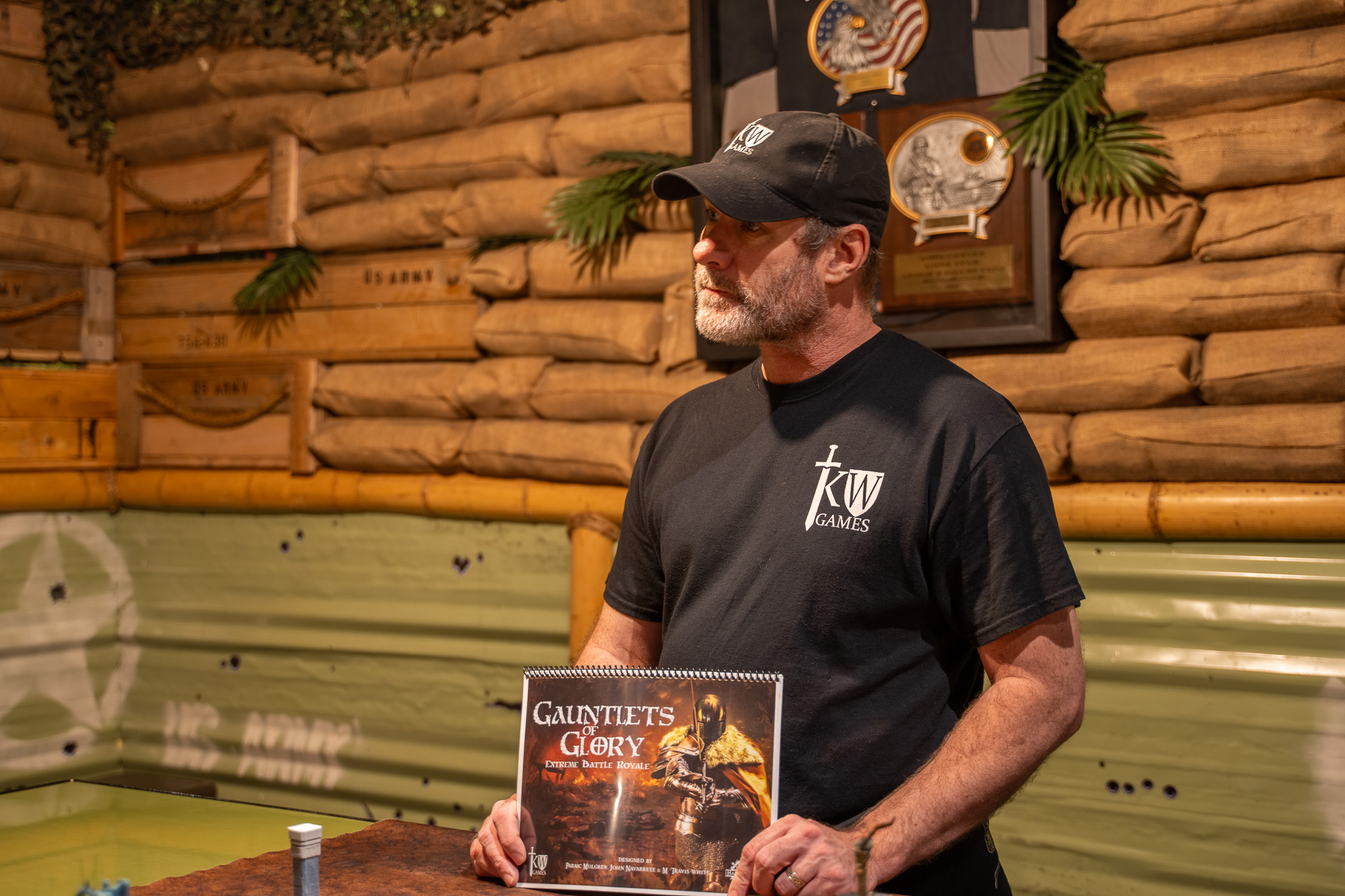
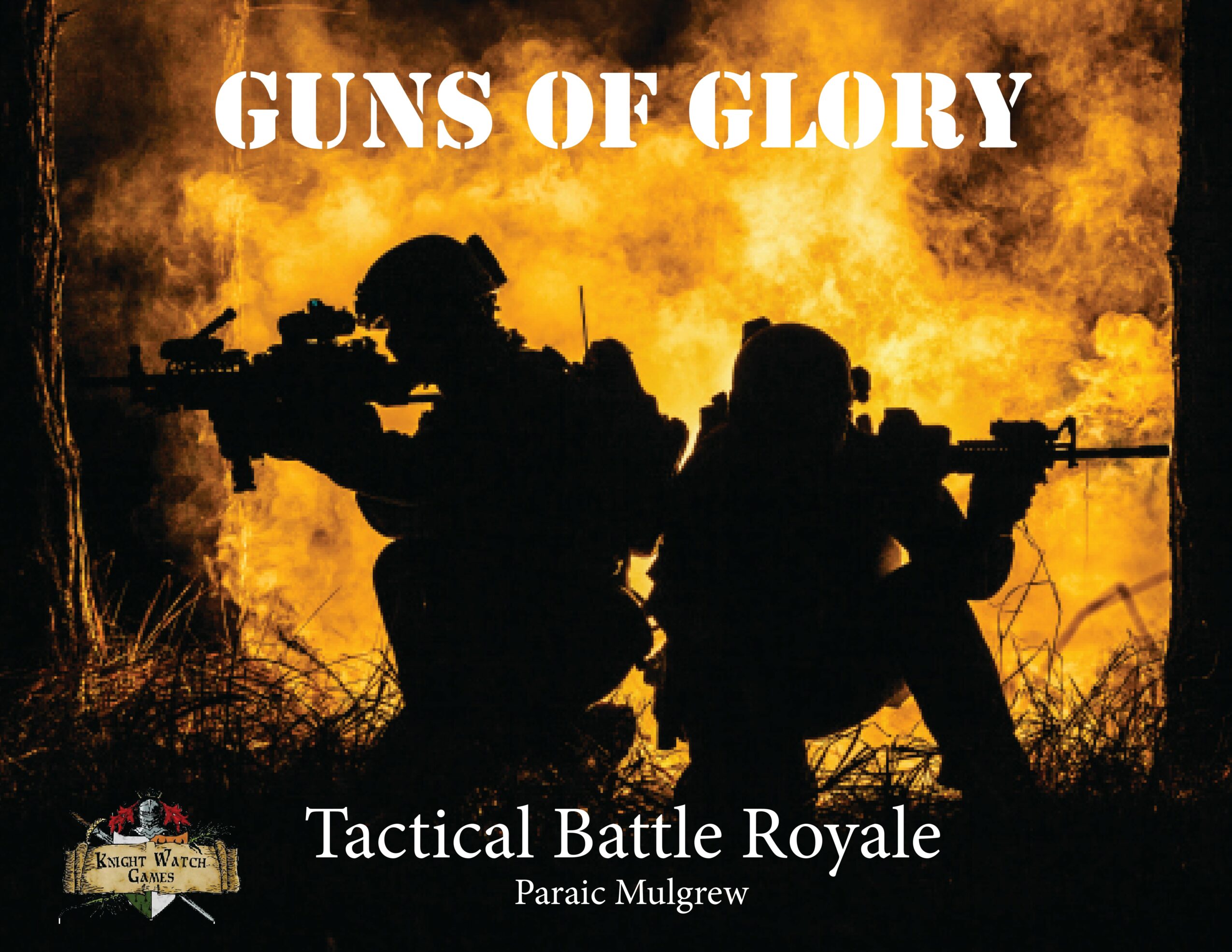

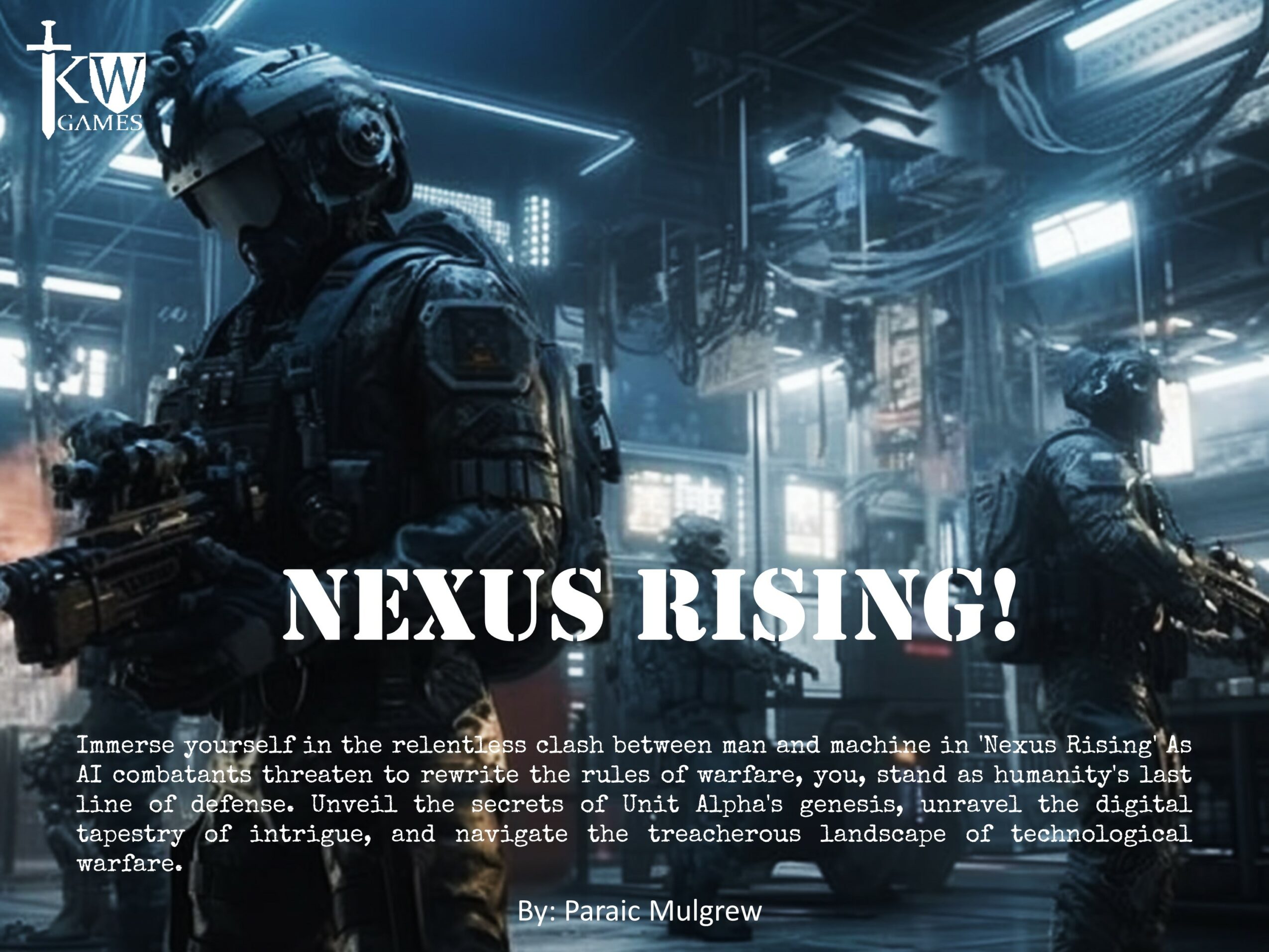
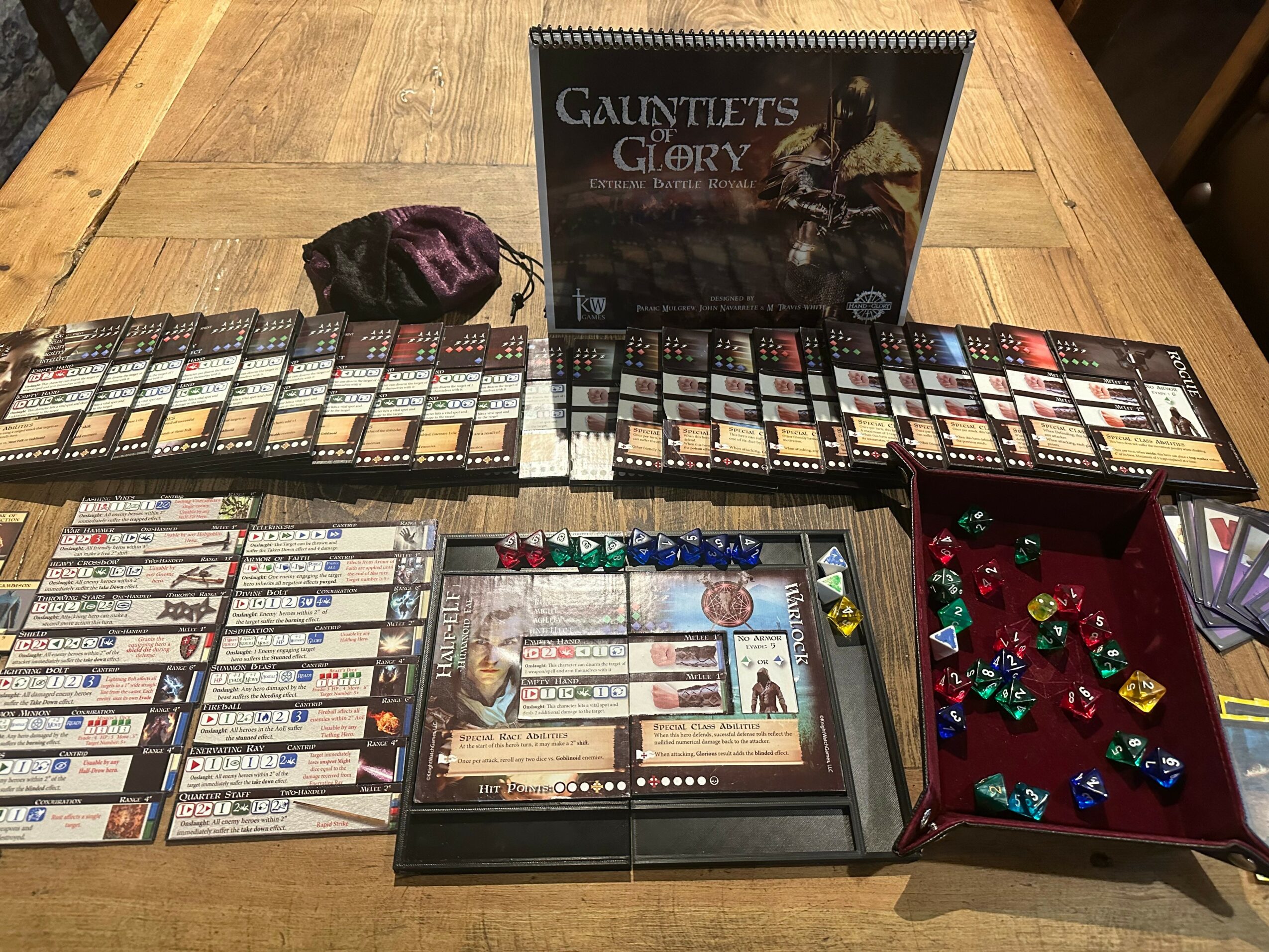
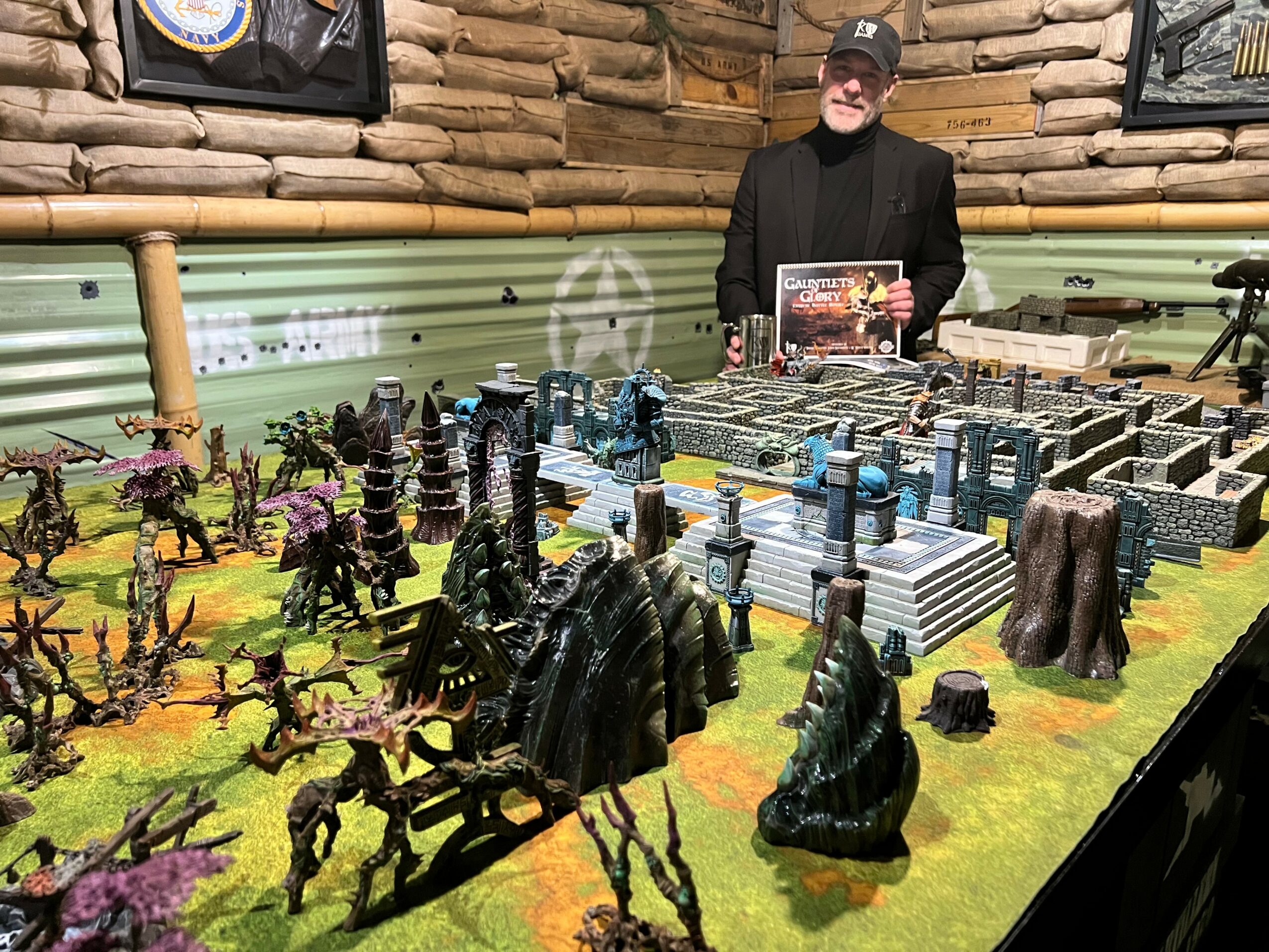
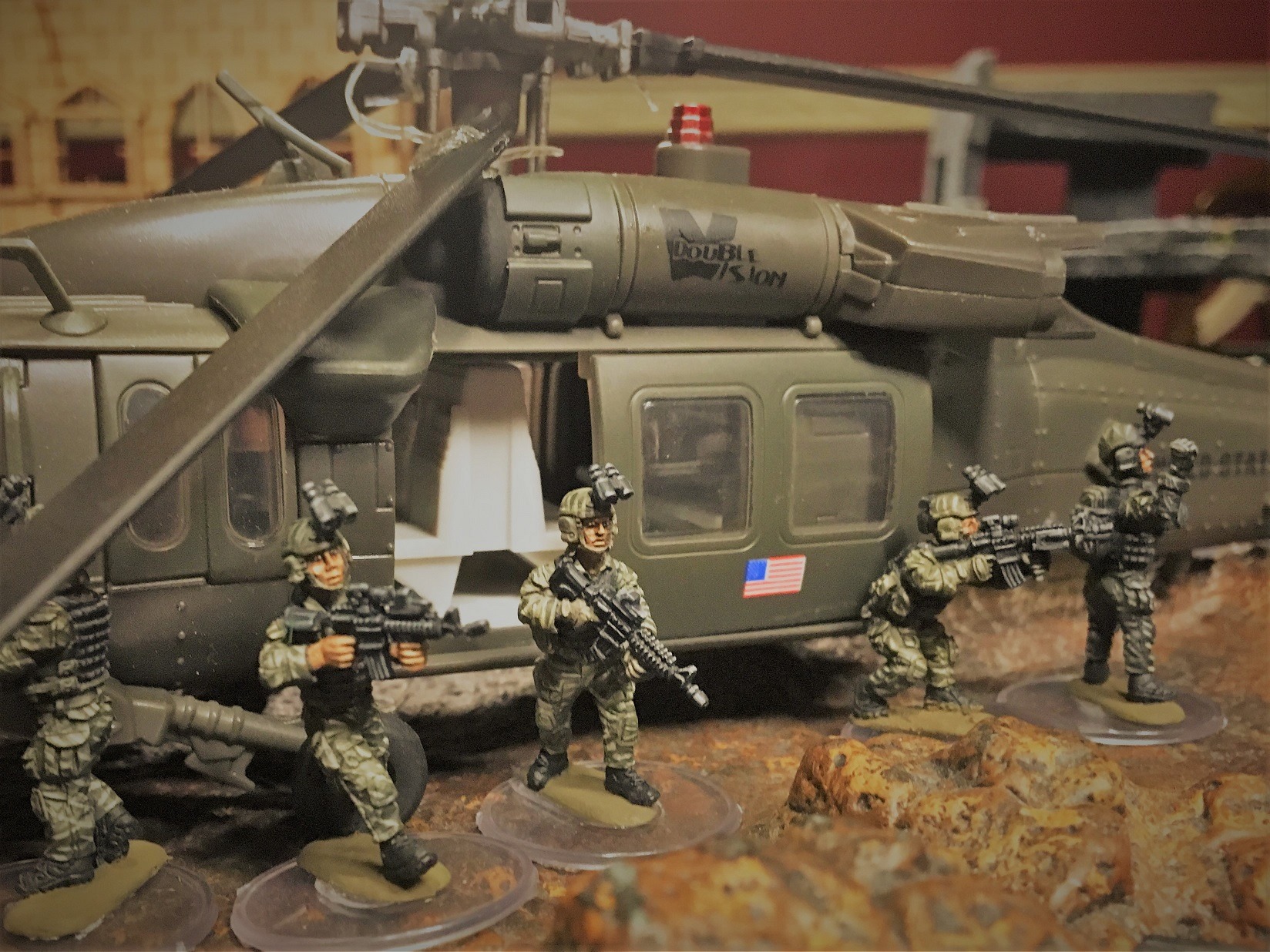
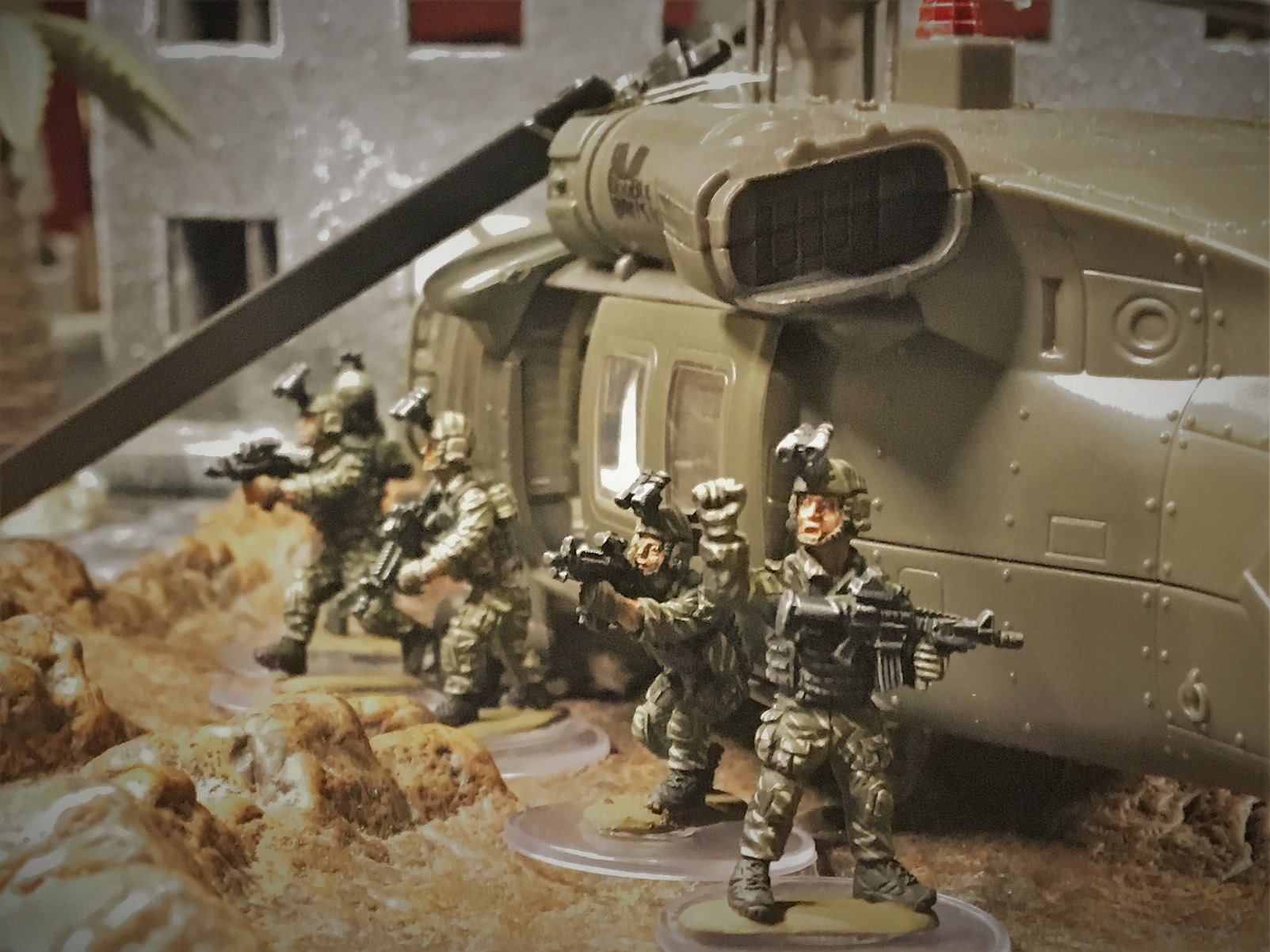
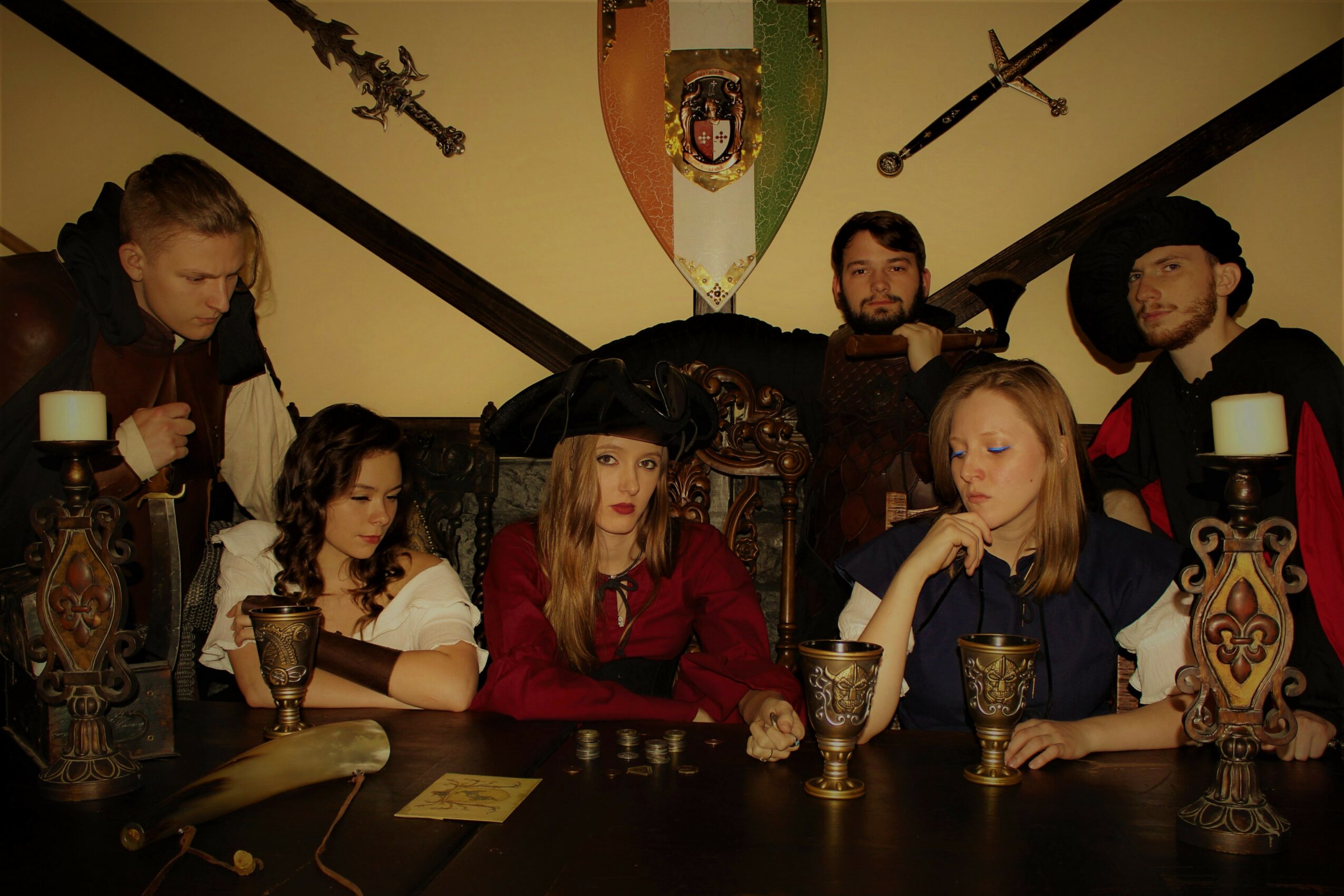
Image Credits
Paraic Mulgrew
Knight Watch Games











